Species Profile: The Prickly Shark
The Prickly Shark is an uncommon shark species that’s very abrasive to touch.
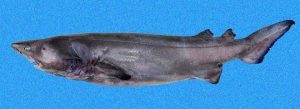
The prickly shark is a completely gray-colored, and rarely seen shark native to the waters around specific parts of the Pacific Ocean like New Zealand, Hawaii, Philippines, etc. It’s one of two species in the Echinorhinidae family.
This stocky, moderate sized shark has two small dorsal fins located far back on its body and no anal fin. It gets its name from the dense covering of small thorn-like dermal denticles on its body.
In fact, it’s very abrasive to the touch: much more so than most other sharks.
The prickly shark is nocturnal: resting during the day and migrating to shallower waters at dusk. It has little to no economic value commercially as its meat is considered too soft but it’s often caught as bycatch by deepwater fisheries.
For now, the International Union for Conservation of Nature (IUCN) lists this species as Near Threatened though continuous intrusion by deepwater fishing could place it in a more risky category soon.
This shark is tolerant of lower dissolved oxygen levels, so it can enter waters generally inaccessible to other sharks.
1) Scientific Name
Echinorhinus Cookei
2) Scientific Classification:
- Kingdom: Animalia
- Phylum: Chordata
- Class: Chondrichthyes
- Order: Squaliformes
- Family: Echinorhinidae
- Genus: Echinorhinus
3) Average/Maximum Length
Up to 4.0 meters (13.1 feet) long.
4) Average/Maximum Weight
The maximum recorded weight for a prickly shark was a female that weighed 266 kg (586 lbs.)
5) Maximum Swimming Speed
This shark is a sluggish swimmer, but its exact swimming speed is not documented.
6) Interaction With/Danger To Humans
Divers that have encountered the prickly shark in water report that it mostly retreats from human presence and doesn’t make any attempt to attack.
The major threat to this shark remains bycatch by deepwater commercial fisheries in its locality.
7) Reproduction Details
These sharks are aplacental viviparous: their embryo is sustained by egg yolk. Studies on one pregnant female shows a litter of up to 114 young, hence it has one of the largest litters among all shark species. Though, of course, many will not survive to adulthood.
Newborn prickly sharks are under 40 cm (16 inches) and sexual maturity is at about 2.0 meters (6.6 feet) for the males and 2.5 to 3.0 meters (8.2 to 9.8 feet) for the females.
8) Diet/Hunting Pattern Of The Prickly Shark
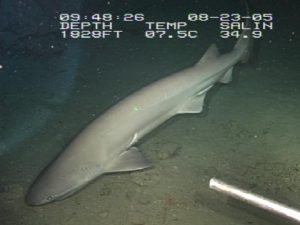
The prickly shark is a sluggish species but because it’s able to catch fast-swimming fish, the assumption is that it uses suction to trap them. They also have from 21–25 and 20–27 rows of knife-like teeth in their upper and lower jaws respectively.
Their preferred diet is a very wide variety of fish, other smaller sharks, octopi and squid.
Interestingly, this shark likes to feed on the young of the bluntnose sixgill shark while the bluntnose sixgill shark feeds on the prickly shark young too!
They tend to hover just above the sea floor during the day and migrate vertically and into shallower waters to feed on schooling fish at night.
9) Alternative Names
- Cook’s Bramble Shark
- Spinous Shark
10) Population And Conservation Status
As mentioned before, though it’s of little commercial value to humans, it’s frequently caught as bycatch by deepwater fisheries.
It’s classified as Near Threatened by the IUCN and for now, the exact global population figure for this species is unknown.
11) Ancestry And History
This shark was identified and described as a separate species in 1928 by Austrian ichthyologist Viktor Pietschmann. Part of its scientific name is in honor of Montague Cooke Jr., a conchologist at the Bishop Museum.
Despite that, prickly sharks were still misidentified as bramble sharks till 1960, when Jack Garrick described the species afresh.
12) Distribution And Habitat
This shark species is widely distributed around parts of the Pacific Ocean. For instance, in the western and central Pacific, it’s been seen off Japan, Taiwan, Victoria and Queensland (Australia), and New Zealand. It’s also seen around the Palau islands, New Caledonia, Tonga, Hawaii, and likely the Gilberts too.
In the eastern Pacific Ocean, it occurs from Oregon to El Salvador, the Gulf of California, around the Cocos and Galapagos Islands, and off Peru and Chile.
However, this species is still relatively uncommon in all the above areas mentioned except for around the Monterey Canyon off California. At that location, you will sight both sexes throughout the year.
The prickly shark prefers cooler temperatures (5.5–11 °C or 41.9–51.8 °F), and it swims mostly below depths of 100 to 200 meters (330–660 feet). It also inhabits continental and insular shelves and slopes, preferring to keep to the ocean floor. It’s also found in submarine canyons, close to the walls.

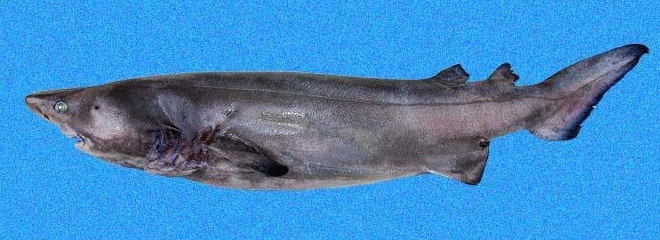

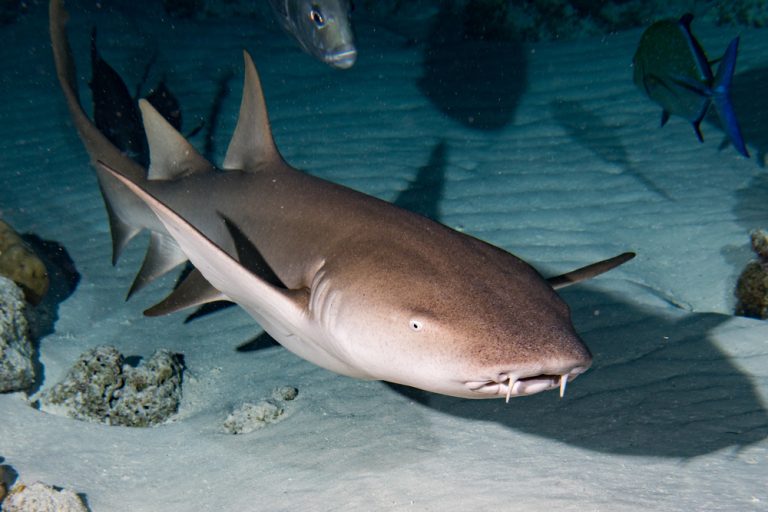
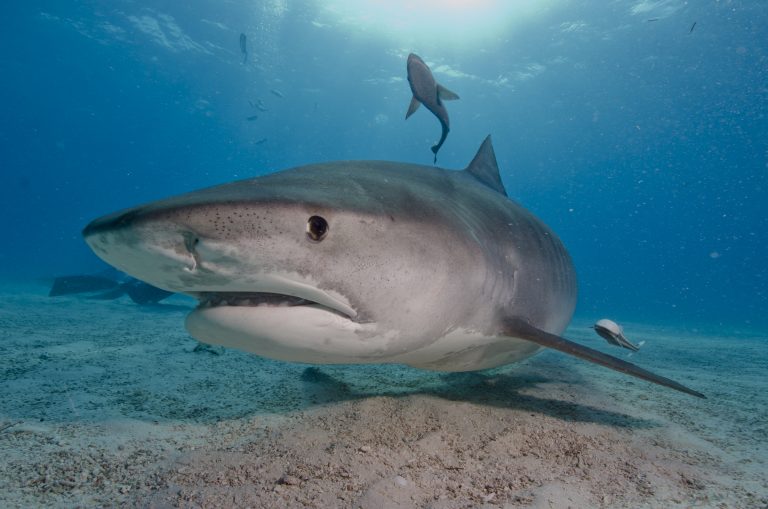
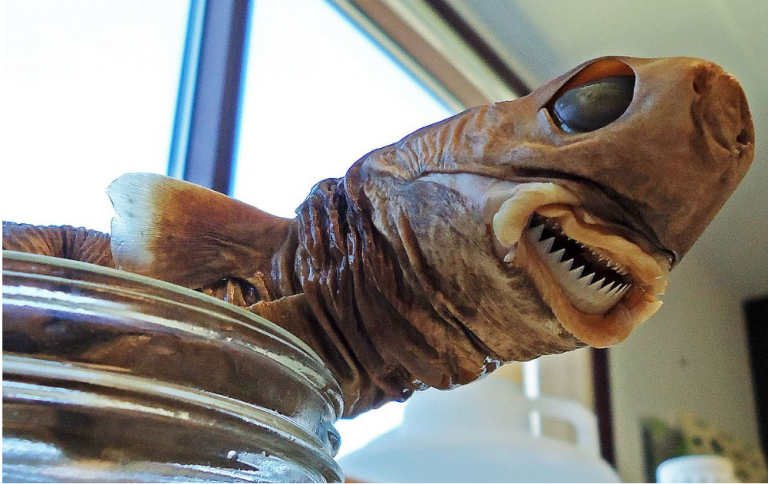
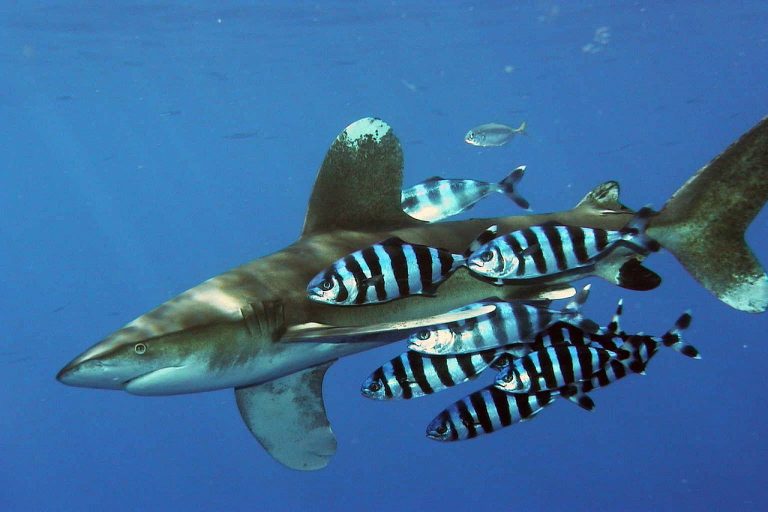
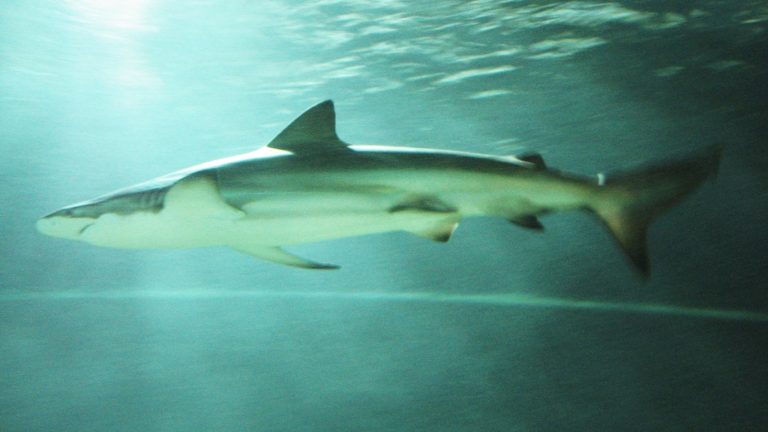
Interesting info. I’ve not heard of this shark before.